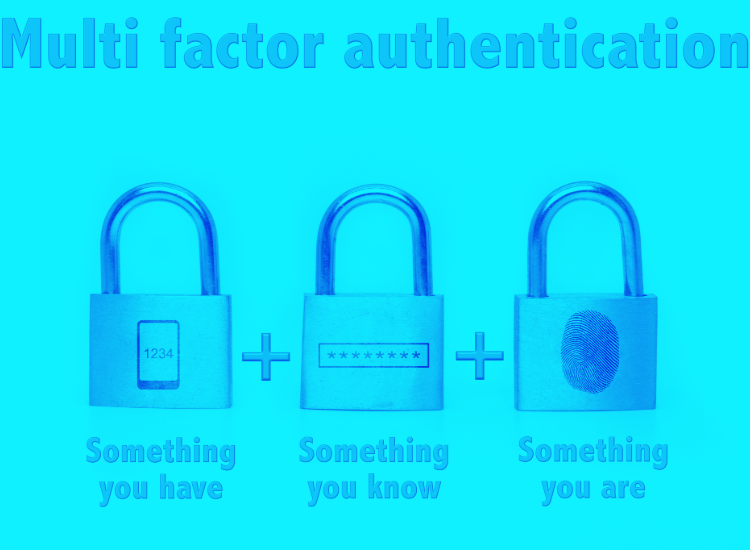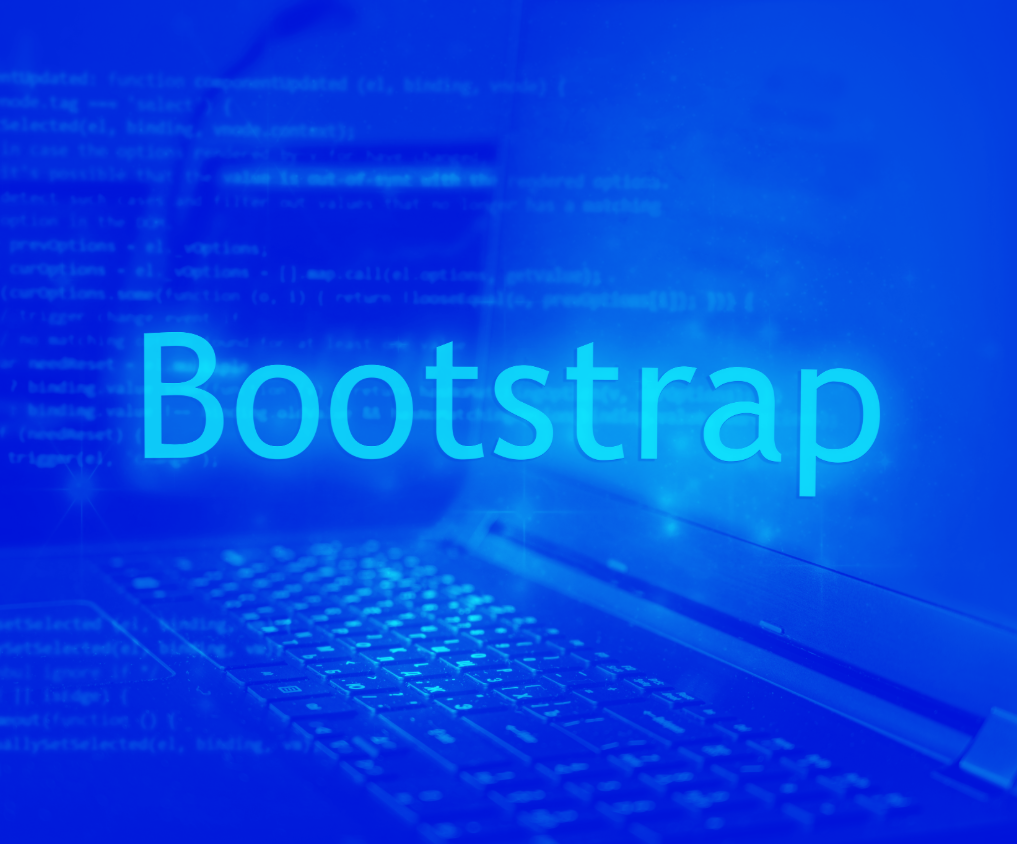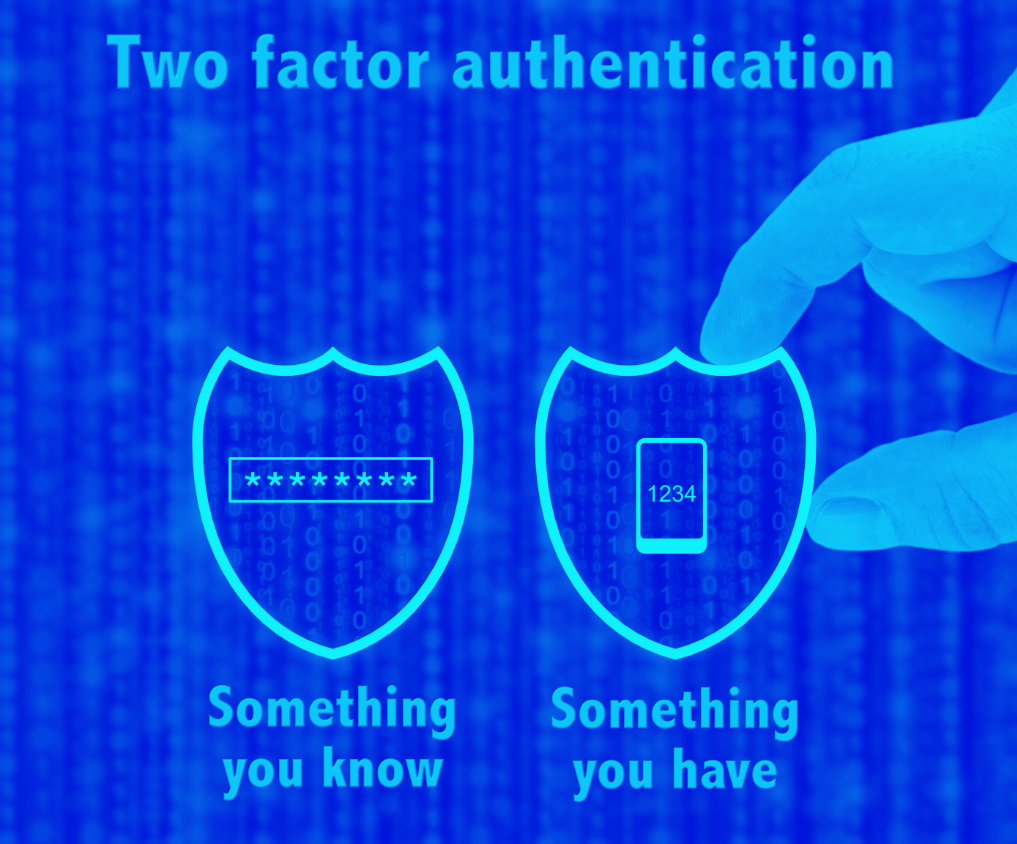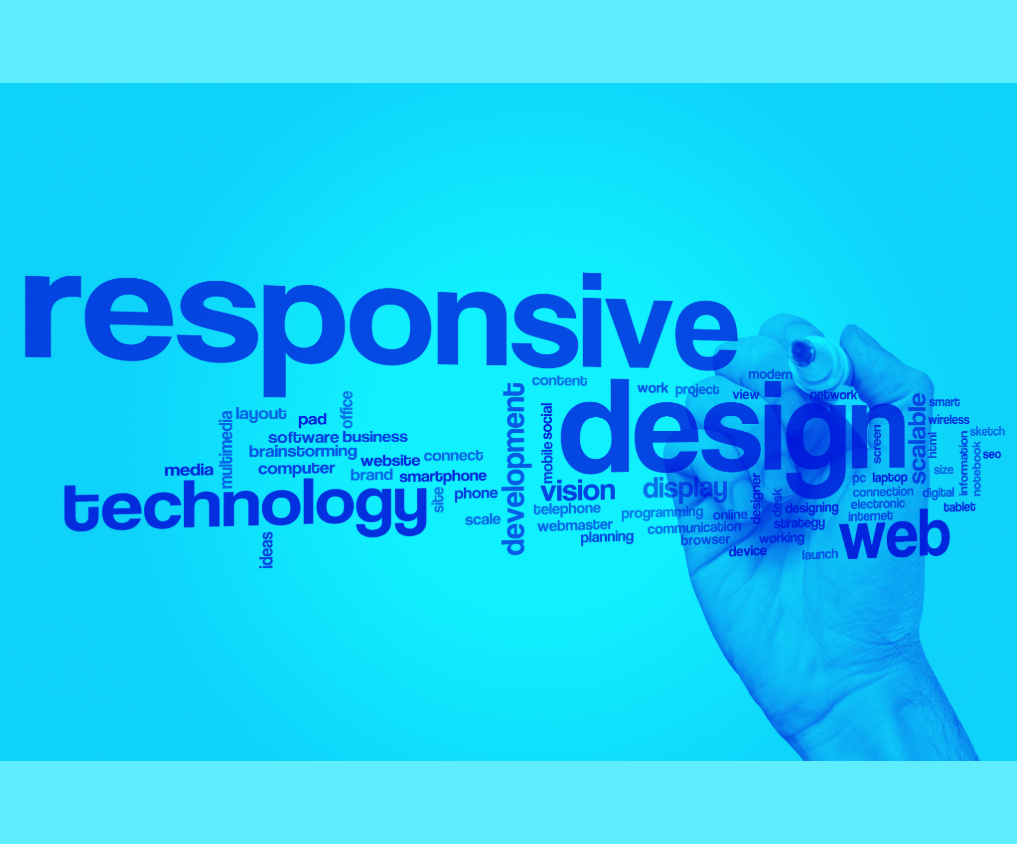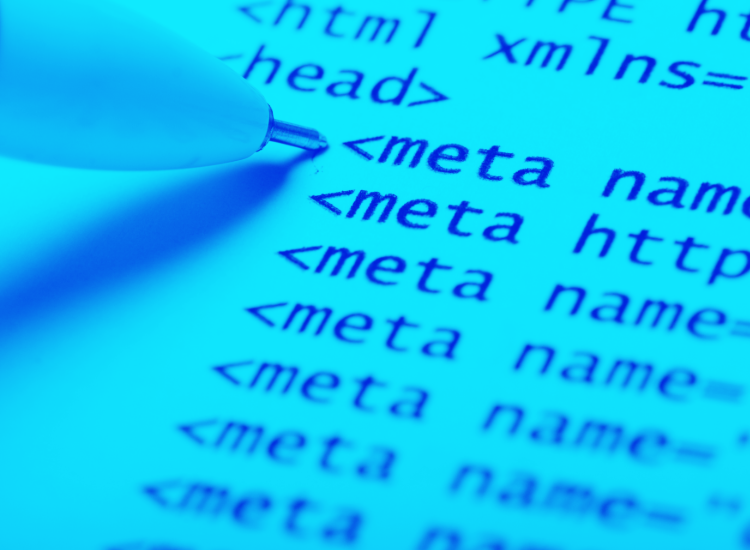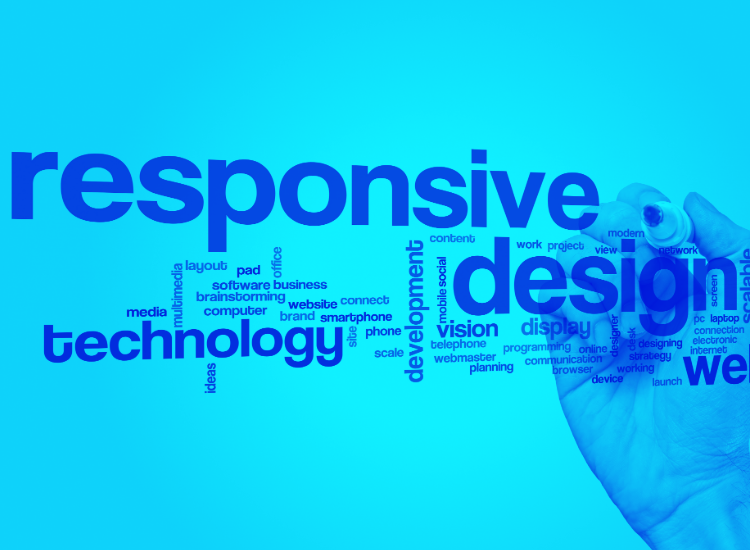Strengthening Your Digital Fortress: The Importance of Multi-Factor Authentication
BY Creative Designs By CCW · December 30, 2023 ·Introduction:
In an era dominated by digital interactions and online transactions, ensuring the security of our personal and sensitive information has become more critical than ever. With cyber threats on the rise, traditional username and password combinations are no longer sufficient to protect our accounts from malicious actors. This is where Multi-Factor Authentication (MFA) steps in as a powerful and indispensable tool to fortify our digital defenses.
Understanding Multi-Factor Authentication
Multi-Factor Authentication, often abbreviated as MFA, is a security mechanism that requires users to provide two or more verification factors to gain access to an account or system.
These factors typically fall into three categories:
- Something You Know: This is the traditional username and password combination that users are already familiar with. It's the first layer of defense.
- Something You Have: This factor involves possession of a physical device, such as a smartphone, security token, or smart card, which generates a one-time code or receives a push notification for authentication.
- Something You Are: This factor relies on biometric information, such as fingerprints, retinal scans, or facial recognition, to authenticate the user.
The combination of these factors significantly enhances security by making it more challenging for unauthorized individuals to gain access to sensitive information.
The Vulnerabilities of Password-Only Security
While passwords have been the primary means of securing accounts for decades, they come with inherent vulnerabilities. Users often choose weak passwords, reuse them across multiple accounts, or fall victim to phishing attacks that trick them into revealing their login credentials. In a world where data breaches are increasingly common, relying solely on passwords leaves us susceptible to unauthorized access.
Benefits of Multi-Factor Authentication
- Enhanced Security: MFA provides an additional layer of defense against unauthorized access. Even if a malicious actor manages to obtain a user's password, they would still need the second factor to gain access.
- Protection Against Phishing: Since MFA involves a secondary authentication method, it helps mitigate the risks associated with phishing attacks. Even if a user unknowingly provides their password to a phishing site, the attackers would still need the second factor for access.
- Compliance with Regulations: Many industries and regulatory bodies now require organizations to implement MFA as part of their security protocols to protect sensitive information and maintain compliance.
- User Empowerment: MFA empowers users to take control of their security. By incorporating factors they possess, such as their smartphones or biometric data, users actively participate in safeguarding their accounts.
Implementing Multi-Factor Authentication
- Choose a Reliable MFA Solution: Businesses and individuals should select MFA solutions that align with their security needs. This could include SMS-based authentication, authenticator apps, hardware tokens, or biometric solutions.
- Educate Users: Proper education is crucial for the successful implementation of MFA. Users need to understand the importance of MFA, how to set it up, and how to use it effectively.
- Balance Security and User Experience: While security is paramount, it's essential to strike a balance that doesn't compromise the user experience. Choose MFA methods that are user-friendly and integrate seamlessly into existing workflows.
Conclusion:
In a digital landscape teeming with cyber threats, Multi-Factor Authentication stands as a beacon of security, offering an extra layer of protection against unauthorized access. As businesses and individuals increasingly recognize the importance of fortifying their digital defenses, the adoption of MFA is poised to become a standard practice in safeguarding our online identities. By embracing MFA, we not only protect ourselves from potential threats but also contribute to the collective effort of creating a more secure and resilient digital ecosystem.
